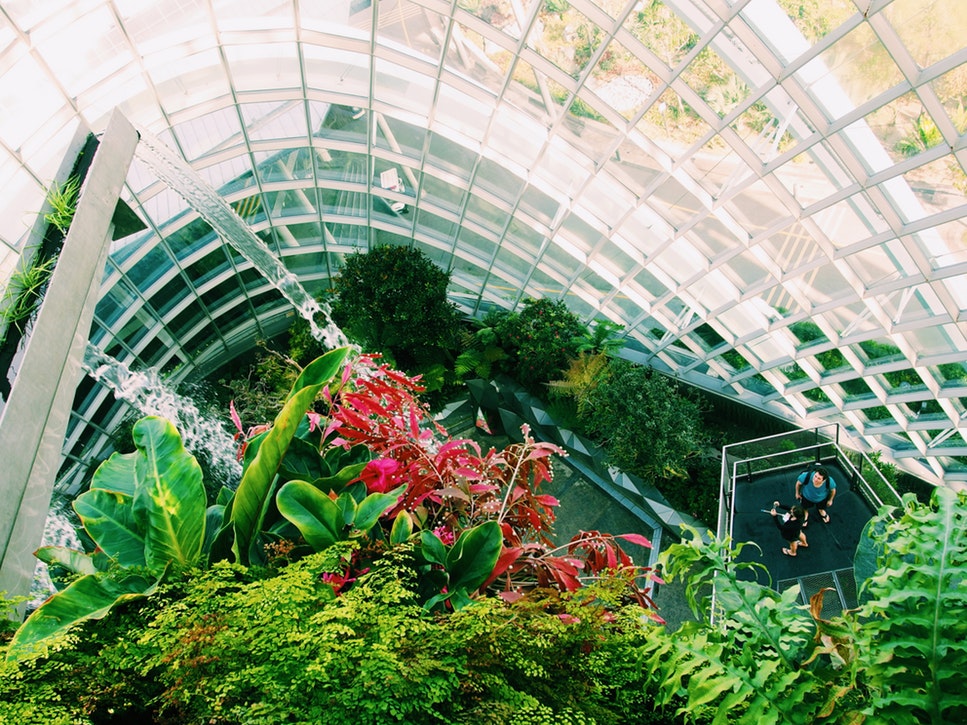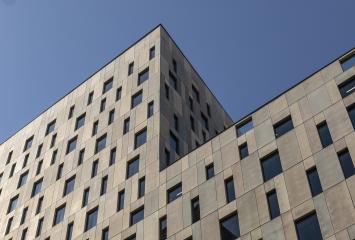Biophilia in offices
Biophilia in offices is one of the growing trends being increasingly included in the design and configuration of workspaces and in the wellness and wellbeing strategies of companies. Biophilic designs consist of incorporating plants and elements inspired by nature into the workspace to create stimulating and stress-free work environments.
The concept of biophilia was expanded in 1984 by the sociobiologist Edward Osborne Wilson who discovered the relationship between people and nature, and since then has transformed the concept of the traditional office to the office space of the future: open offices where creativity flourishes, connected spaces and where common areas and rest are encouraged.
Research has shown that offices that apply a biophilic design to their workspaces and that resemble the natural world have happier and more productive employees. Here are some of the benefits offered by biophilia in offices.
The benefits of biophilia in offices
The study "Human Spaces: The global impact of biophilic design in the workplace" carried out by the University of Lancaster showed that biophilia in offices increases the feeling of well-being by 15%.
The same study found that companies that apply biophilia to their offices and integrate natural elements in the design of the workspace have employees that are 6% more productive and 15% more creative.
Similarly, 67% of employees who work in offices in which the design has been inspired by the biophilia concept ensure that they feel happier working in spaces with natural light and decorated with hints of green, yellow or blue.
Lastly, another of the great benefits of using plants and natural elements in the workplace is the creation of healthy workspaces. Biophilia in offices reduces employee anxiety by 37%, depression by 58% and fatigue by up to 38%.


